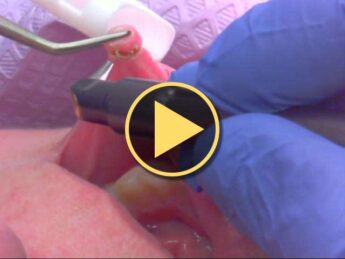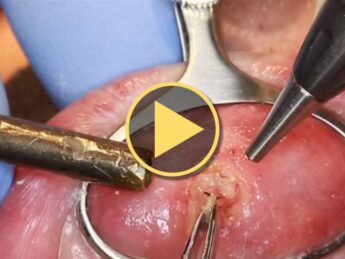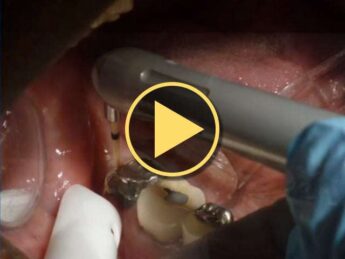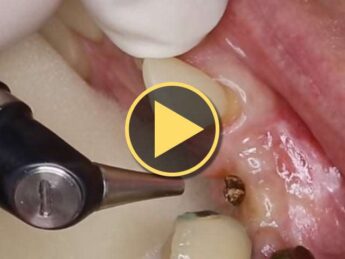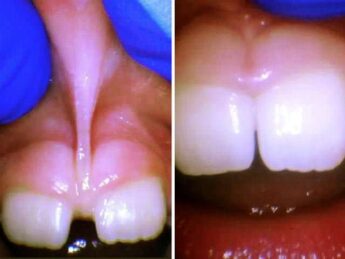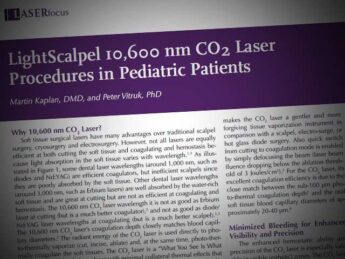Oral and Maxillofacial
Oral and Maxillofacial Laser Surgery
When laser technology was first introduced to the field of oral and maxillofacial surgery (OMS or OMFS) in the mid-1980s, the only laser available to the surgeon was the 10.6 micrometers CO2 laser, mainly due to its “outstanding cutting abilities” [1]. Strauss and Coleman [1] repeatedly refer to the “excellent tissue-cutting abilities” of the CO2 laser such as “better control of bleeding, less surgical time, more precise tissue removal, less morbidity and complications, and excellent healing with virtually no scarring.” Even today, three decades later, the CO2 laser remains the primary laser used in major oral laser surgery [1].
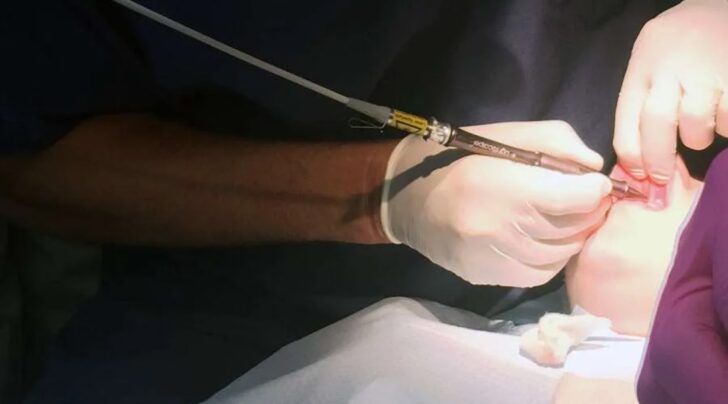
Soft-Tissue Oral Laser Surgery
CO2 lasers not only enhance the current surgical options for treatment, but they have also expanded the scope of practice. There are numerous uses for lasers in OMS.
Oral laser surgery provides excellent uniform results and can be successfully used in a wide variety of procedures.
Due to the aforementioned advantages, the CO2 laser is well suited for treating premalignant lesions, such as leukoplakias, as well as cancerous and aggressive benign tumors of the larynx, pharynx, oral cavity and lips by total excision in cutting mode or ablation (performed on premalignant forms) [2]. Many surgeons maintain that the CO2 laser coagulates blood and lymphatic vessels at the surgical margins – and this brings down the amount of hematogenous and lymphatic seeding and potential metastasis and reduces recurrence rates [3,4,5]. Strauss and Coleman [1] point out that in comparison with traditional blade surgery, oral laser surgery allows for better visibility with a bloodless field and more precise tissue removal, without harming tissue that surrounds the lesion.
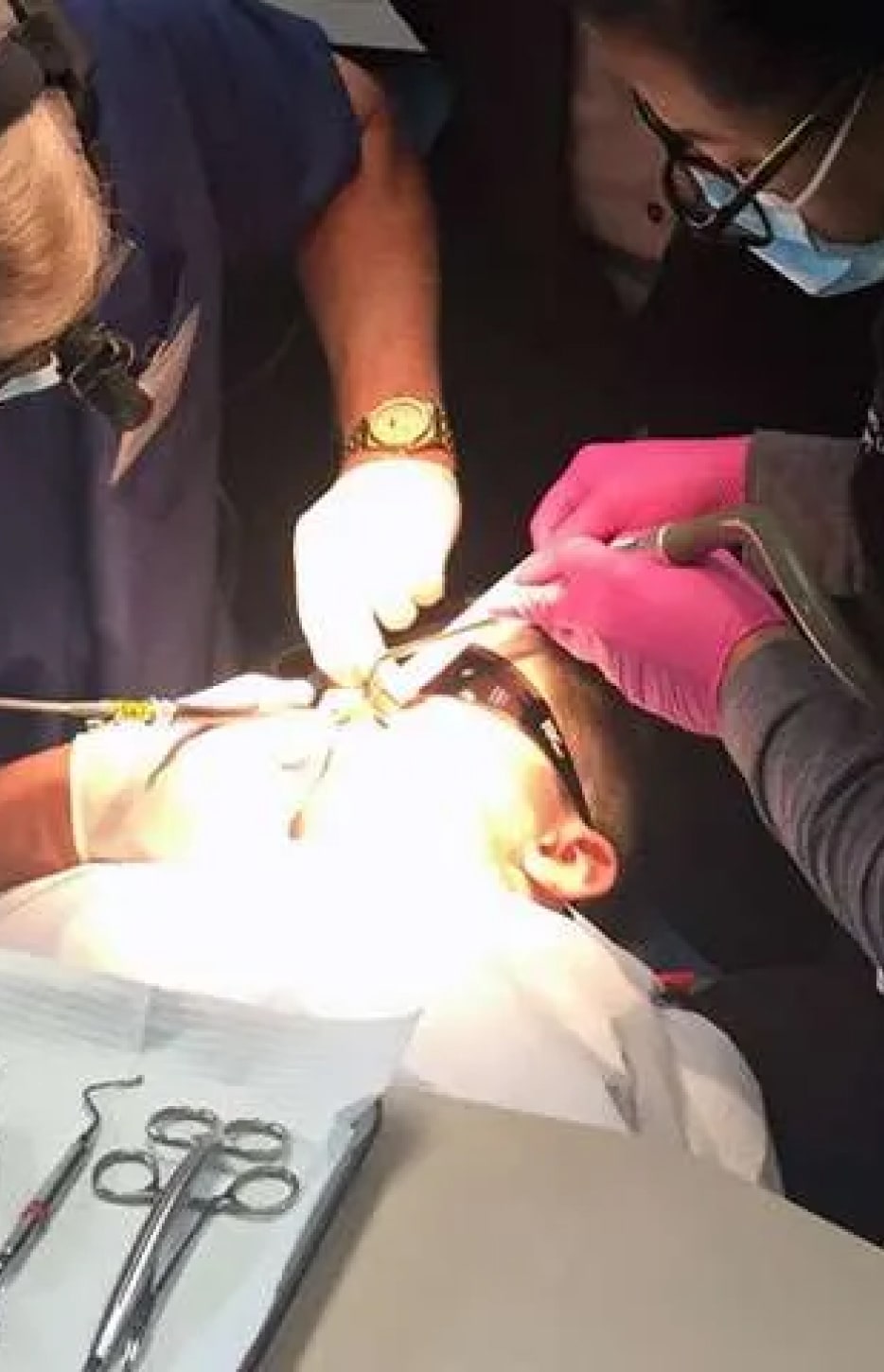
Some of the Many Uses of the CO2 Laser Oral Surgery
The LightScalpel CO2 laser system is a useful tool in a wide variety of soft-tissue oral laser surgery procedures. The list below names just a few laser-assisted oral laser surgery applications. LightScalpel laser oral surgery FDA cleared indications:
- Frenum release/frenectomy
- Abscess (drainage)
- Flap surgery
- Biopsy (incisional & excisional)
- Aphthous ulcers (incision & excision)
- Excision & ablation of lesions, benign & malignant lesions, oral cavity tumors, and hemangioma
- Salivary gland pathologies
- Preprosthetic gum preparation, leukoplakia
- Partial glossectomy
- Periodontal gum resection
- Homeostasis
- Operculectomy
- Crown lengthening (soft tissue)
- Incision of infection when used with antibiotic therapy
- Extraction site hemostasis
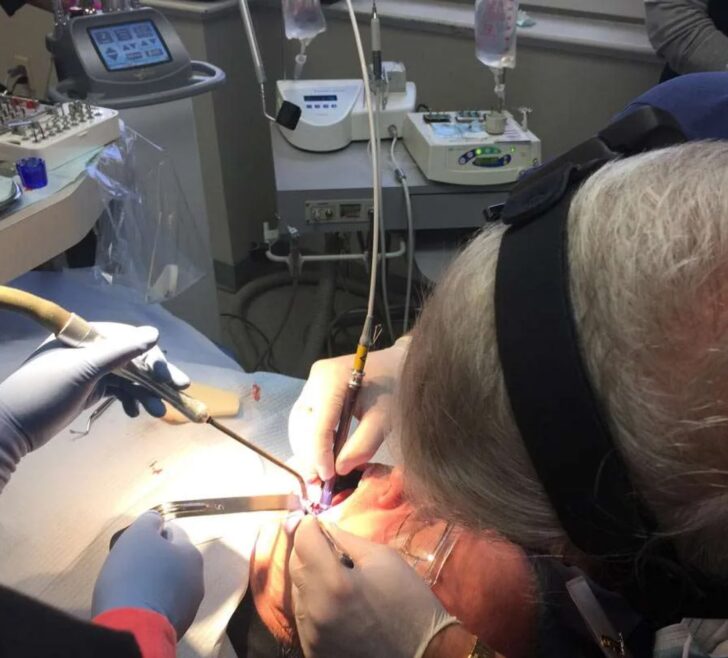
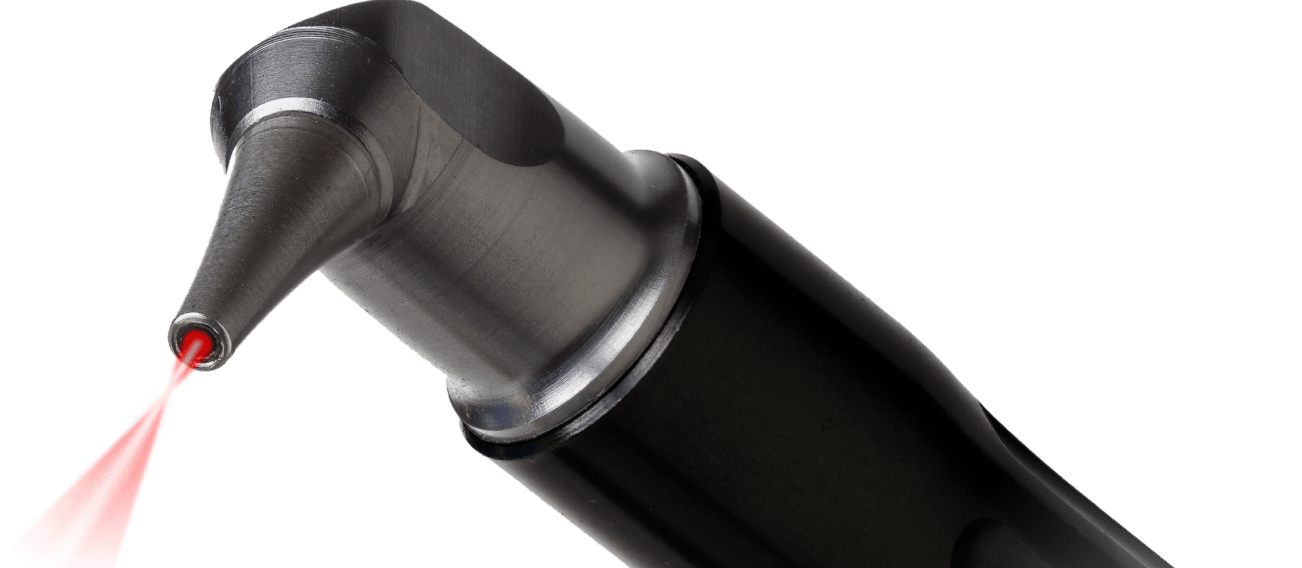
Watch LightScalpel Lasers in Action
Journal Publications
References
- Strauss, RA, Coleman, M: Lasers in Major Oral and Maxillofacial Surgery, In Convissar, RA, editor: Principles and Practice of Laser Dentistry, 2011, Mosby.
- Gatone GA, Alling AC: Laser applications in oral and maxillofacial surgery, Philadelphia, 1997, Saunders.
- Lanzafame RJ, Rogers DW, Naim JO, et al: The effect of CO2 laser excision on local tumor recurrence, Lasers Surg Med 6(2):103-105, 1986.
- Lanzafame RJ, Rogers DW, Naim JO, et al: Reduction of local tumor recurrence by excision with the CO2 laser, Lasers Surg Med 6(5):439-441, 1986.
- Apfelberg DB, Master MR, Lash H, et al: CO2 laser resection for giant perineal condyloma and verrucous carcinoma, Ann Plast Surg 11(5):417-422, 1983.
Sign up for Our Email Newsletter
Join thousands of clinicians and get the latest case studies, surgical videos, news releases, and exclusive offers related to LightScalpel laser surgery and dentistry. Zero Spam. Unsubscribe anytime.




